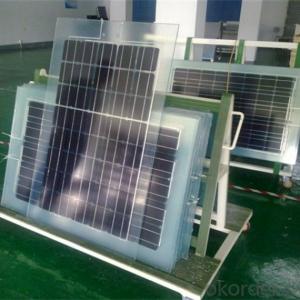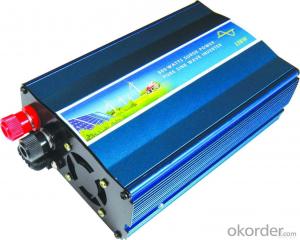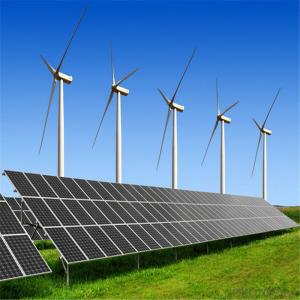Renogy Solar Inverter
Renogy Solar Inverter Related Searches
Renogy Solar Inverter Charger Renogy Solar Kit With Inverter Renogy Solar Module Renovo Solar Inverter Renogy Premium Solar Module Reactive Power Solar Inverter Raggie Solar Inverter Senergy Solar Inverter Rec Solar Inverter Solar Rechargeable Inverter Refu Solar Inverter Ryobi Solar Inverter Rssi Solar Inverter Solar Solar Inverter Inverter Solar Synergy Solar Inverter Refusol Solar Inverter Residential Solar Inverter Sunway Solar Inverter Solar Ready Inverter Smart Solar Inverter Deye Solar Inverter Sunways Solar Inverter Reliable Solar Inverter Sunpower Solar Inverter Solaris Solar Inverter Smart Inverter Solar Solaredge Solar Inverter Solar Smart Inverter Infinity Solar InverterRenogy Solar Inverter Supplier & Manufacturer from China
Renogy Solar Inverter is a high-quality product designed to convert solar energy into usable electricity for various applications. These inverters are engineered to optimize energy output and ensure efficient power conversion, making them an essential component in solar power systems. They are widely used in residential, commercial, and off-grid applications, providing a reliable and eco-friendly source of power. Renogy Solar Inverters are known for their durability and performance, catering to the needs of customers seeking sustainable energy solutions.In terms of usage scenarios, Renogy Solar Inverters are versatile and can be integrated into a variety of systems. They are commonly used in homes, businesses, and remote locations where access to traditional power sources may be limited. These inverters are also popular among RV owners and those living off the grid, as they provide a dependable source of electricity for essential appliances and devices. The ability to harness solar energy and convert it into usable power makes Renogy Solar Inverters a valuable addition to any solar power setup.
Okorder.com is a reputable wholesale supplier that offers a vast inventory of Renogy Solar Inverters. They are committed to providing customers with top-quality products at competitive prices, ensuring that individuals and businesses can access the technology they need to harness solar power effectively. With a large selection of Renogy Solar Inverters available, Okorder.com caters to a wide range of requirements, making it a go-to destination for those seeking reliable and efficient solar energy solutions.
Hot Products

















































